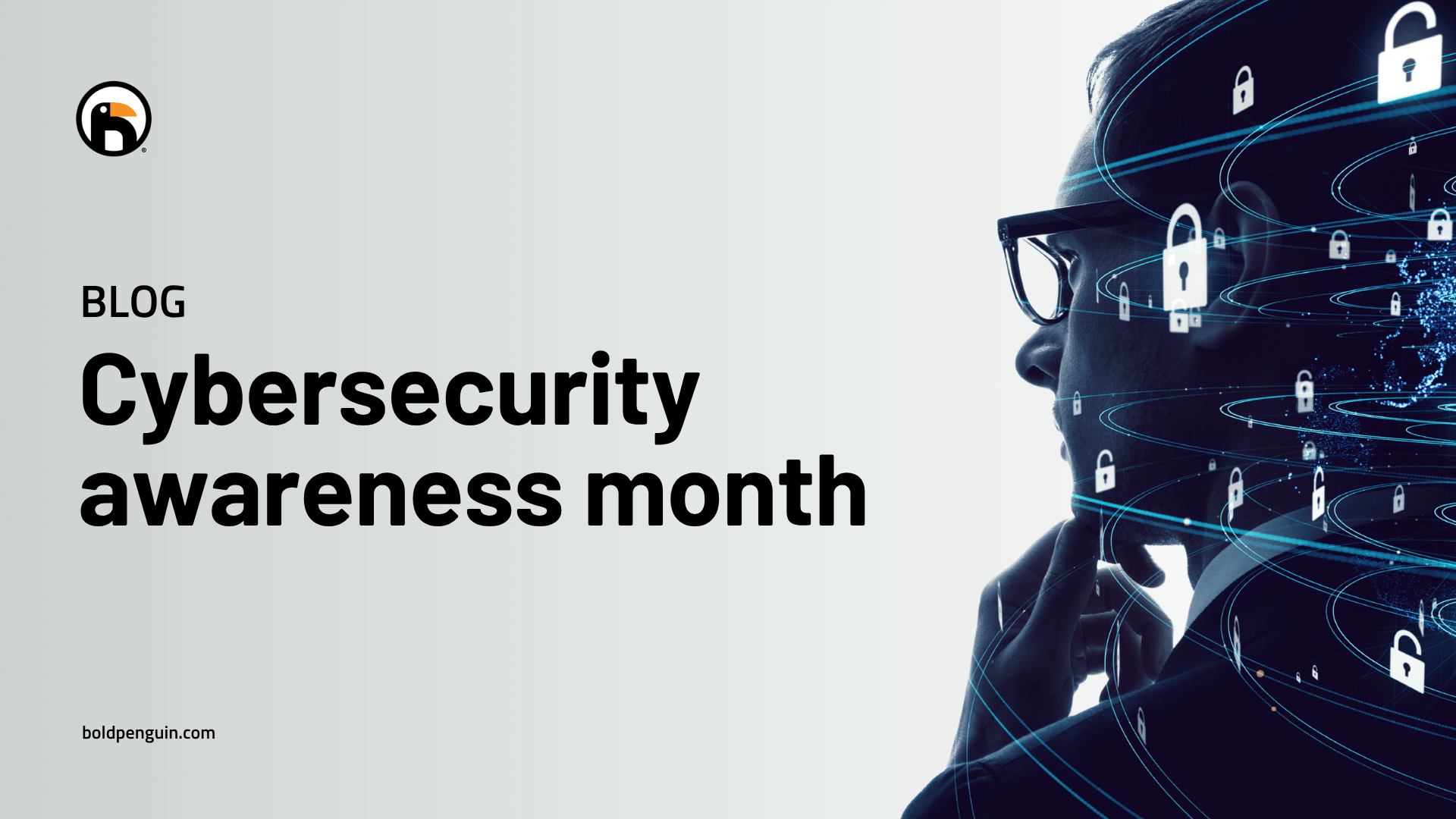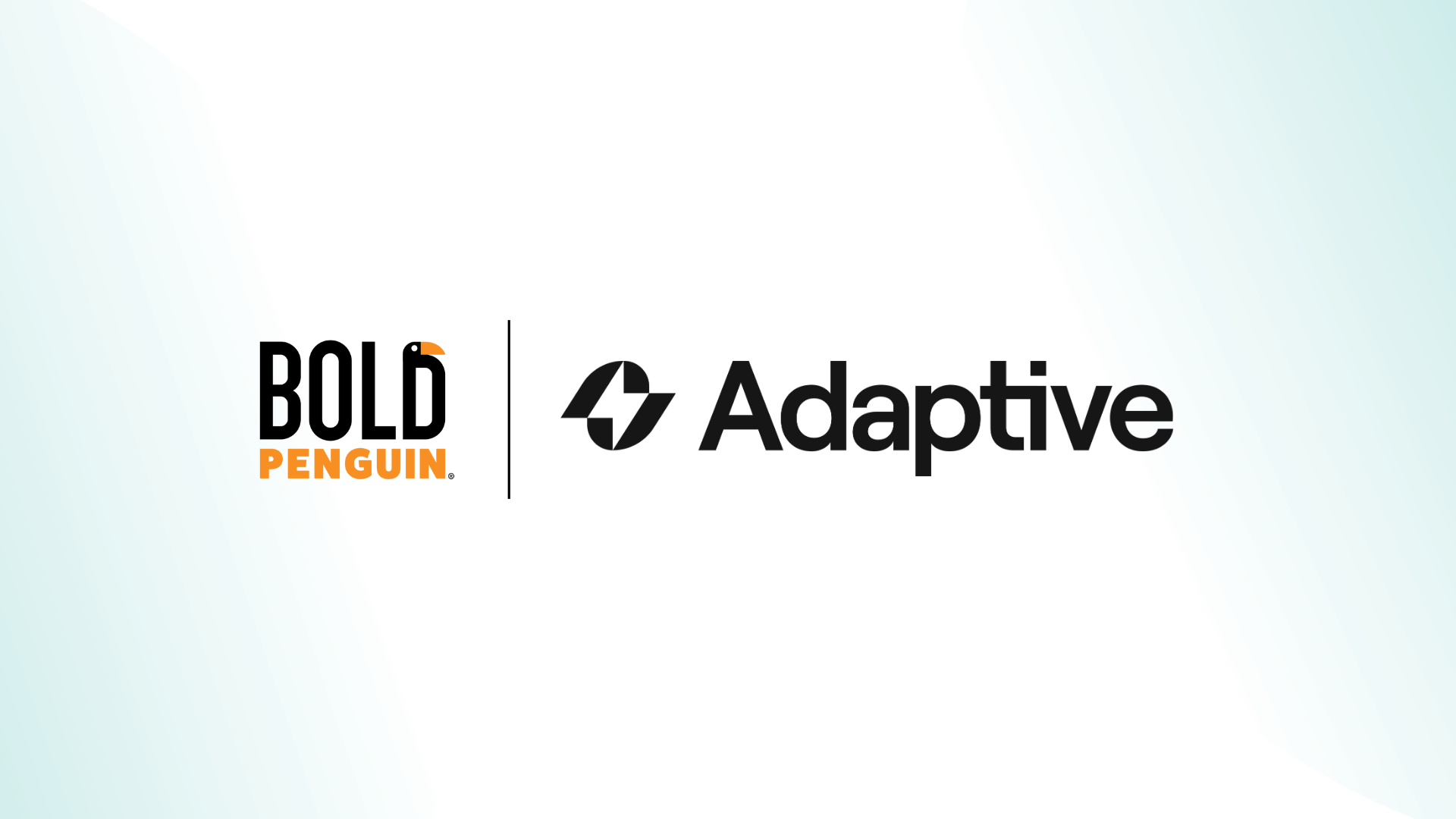The future of cyber insurance in an AI-driven world
Artificial intelligence is rapidly changing the way businesses operate. It’s also transforming the way cybercriminals attack. AI tools help businesses automate workflows, quickly analyze data, and increase overall efficiency. But on the flipside, it can also be used to create threats that are faster and harder to detect than ever before. Cybersecurity Awareness Month is a great time to brush up on how quickly the cybersecurity landscape is changing due to AI and how you can help your business customers stay ahead of the game. For business owners, regardless of size, the risk of a cyberattack is increasing, with potentially catastrophic financial and reputational consequences.

How is AI changing the cyber threat landscape?
AI has given cybercriminals speed (attacks that used to be manual and time-consuming can be launched in seconds now) and sophistication (cyberattack emails no longer contain obvious typos but closely mimic human tone and style). Cybercriminals can leverage AI to make cyber threats even more dangerous. This rising threat makes cyber insurance coverage an important part of risk planning.
What is phishing and how can it impact a business?
Phishing (a type of cyberattack email) is a smart social engineering scam that can use AI-powered natural language models to craft personalized messages, reference real business details, and even hold conversations. What used to be an email from an overseas prince asking for money can now mimic real-life, personal, and credible scenarios asking for aid or need. A single successful phishing email can expose employee information, open the door to additional cyberattacks, or even authorize fraudulent wire transfers—costs that cyber insurance coverage can help recover. After a phishing scam attack, businesses are often left legally liable for damages and must play catch-up to regain customer trust.
What are deepfakes and how do they threaten businesses?
Deepfakes are “images, videos, or audio that have been edited or generated using artificial intelligence, including AI-based tools, or audio-video editing software.” A cyber criminal will enlist deepfake methodologies to impersonate executives, employees, or business partners with incredible accuracy. Like phishing, deepfakes don’t just enable financial fraud—they threaten a business’s reputation, and fuel disinformation that disrupts operations and relationships.
Why is ransomware so damaging to businesses?
One of the most damaging cyber threats is ransomware, a type of malicious malware that encrypts a victim's files, making them inaccessible until a ransom is paid. When cyber attackers leverage AI, they can identify weak targets, or just a single weakness in an otherwise well-fortified business, customize a ransom demand to a particular business model, and automate system lockouts at lightning speed. Today’s ransomware campaigns can encrypt a company’s data while simultaneously stealing it and threatening to leak it. Cyber insurance coverage can help with recovery costs, lost revenue, and response resources.
How does cyber insurance protect businesses?
Cyber insurance provides a financial safety net when prevention isn’t enough. With the rapid pace of AI-boosted cyber scams, insurance is more necessary than ever to protect a business’s assets and future. Coverages included in cyber insurance policies might be:
- Incident response.
- Compensation for downtime and lost revenue.
- Liability claims: protection if customer or partner data is compromised.
- 24/7 monitoring.
Some carriers might include incentives for lower rates for businesses that demonstrate strong cybersecurity practices, like employee training or multi-factor authentication.
Cyber insurance coverage is evolving in an AI-driven world
No business is immune to the threat. What used to be considered only something that big companies needed to guard against is now something that businesses of all sizes are looking for coverage for. Cyber insurance is no longer just about writing a check after a breach. It’s about staying ahead of the curve, incentivizing risk mitigation, offering support, and crafting new policy structures shaped by the evolving realities of cyber risk. As AI threats evolve, so will the insurance industry to ensure commercial customers are properly protected.
The bottom line on cyber insurance in an AI-driven world:
- AI is changing the way we do business. And it’s also changing the way and the manner in which cyber attackers can strike. Cyber insurance coverage ensures businesses have financial support and recovery resources when prevention fails.
- Phishing, deepfakes, and ransomware have become smarter, faster, and more destructive.
- Businesses are exposed to risks that traditional defenses can’t always stop, making cyber insurance even more important.
- Cybersecurity Awareness Month is a great time to understand what the newest threats are and to make sure businesses, regardless of size, have the right protection.
Cyber insurance coverage FAQs for an AI-driven world
Why is cyber insurance coverage more important today?
AI-powered attacks like phishing, deepfakes, and ransomware are faster, harder to detect, and more damaging, making cyber insurance essential for businesses of all sizes.
What does cyber insurance coverage include?
It can cover incident response, downtime and lost revenue, liability claims, and sometimes 24/7 monitoring or incentives for risk mitigation.
How is cyber insurance evolving in an AI-driven world?
Policies are shifting from just paying for breaches to proactively helping businesses reduce risk, incentivize security practices, and stay ahead of emerging threats.



